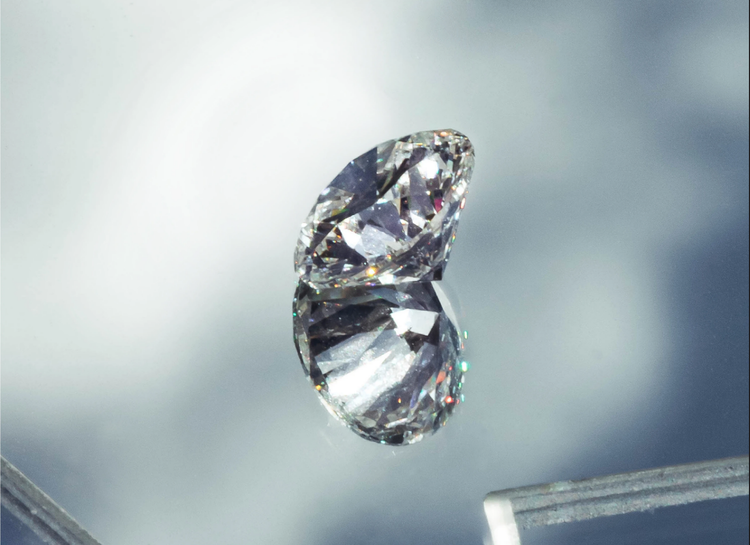How do we capture Carbon from the air?
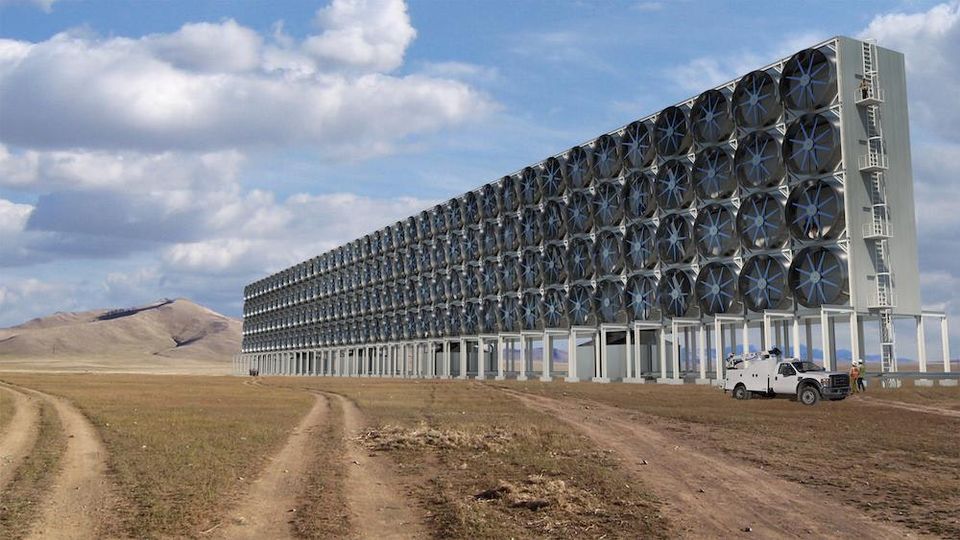
Updates
- 04.01.2021: Added section about Biochar.
For a problem that imminent like Climate Change to not have been solved yet, you would have thought that it is due to a lack of solutions. However, the opposite is the case as we have at least a dozen of ways to suck Carbon out of the air. The reasons why we haven’t yet concluded in one will become obvious as we go through the list of technologies (spoiler alert: it’s cost, scale and profitability).
Ways we capture Carbon Dioxide
1. Direct Air Capture

This has been getting the media’s lion’s share of attention with articles like the one recently where Spotify bought 10.000 tons of CO2 from Climeworks to offset their Carbon footprint.
The way it works is by sucking huge volumes of air with massive fans from the atmosphere, picking CO2 out of the rest of the substances and particles and capturing it into a physical or chemical agent. Then, usually with a lot of heat the CO2 is removed from the agent and is pressurized to go through pipes or into containers to be shipped to its final destination.
The energy needs of that last bit are the reason why this method is still costly (estimates range from 100$ to 1000$ per ton of CO2) and harmful to the environment, if renewables are not used. Climeworks’ Orca plant in Iceland is using underlying thermal energy to power their operations, for example.
Also the capture capacity, while impressive (4.000 tons CO2/year for Orca), is nowhere near the scale needed for solving the problem (remember from my previous email that we emit around 50.000.000.000 tons CO2/year).
This means that this technology is still experimental and is awaiting more commercial adoption to bring down costs, which I believe will happen.
Carbon Engineering and Climeworks are the two big companies to watch out for in this space but expect more to come.
2. Post-Combustion Capture
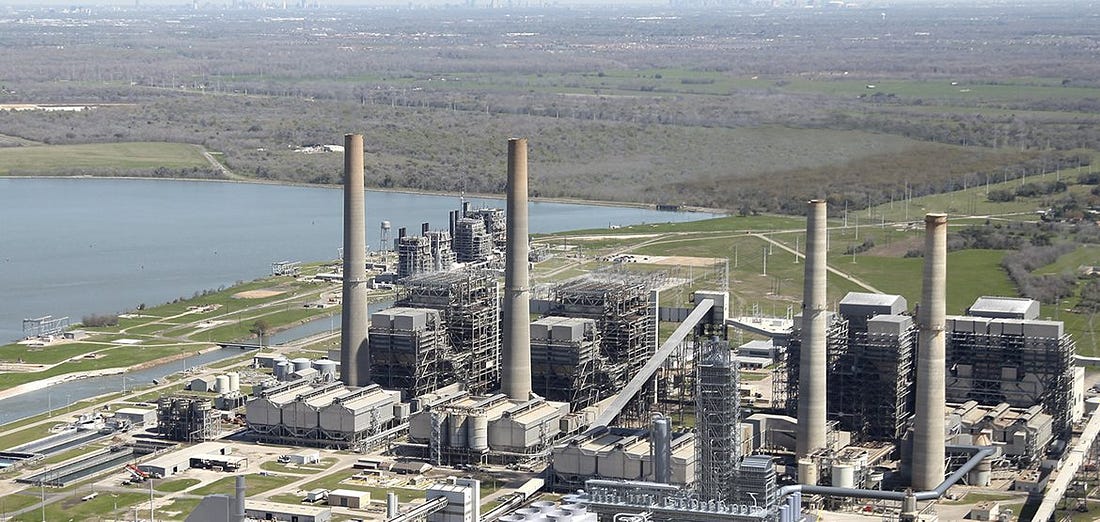
Technically, this is the same as the above method with the only difference that, because the facility sits right on top of the emission source (like coal burning power plants, oil refineries), the concentration of CO2 in the air is much higher. It’s about 3-15% (or 30.000-150.000ppm if you remember) compared to 0,04% (or 400ppm) above.
The benefits of this solution are that the yield is higher for the same amount of energy and, because of the existing plants, there is free infrastructure in place to carry the captured CO2 to its final destinations.
This is a method that is considered commercial, albeit costly, so it usually is deployed on big facilities and almost always subsidized by the public sector.
3. Soil Carbon
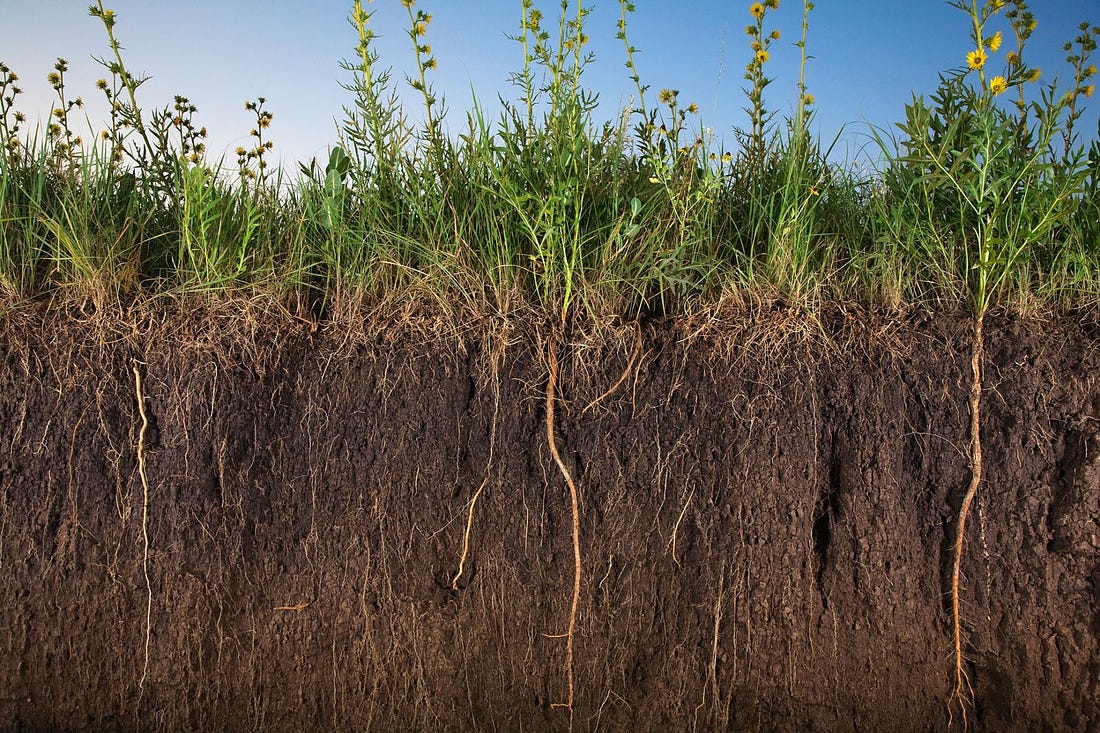
Soil can hold Carbon in the form of roots, dead matter (bacteria, leaves, insects) and if cultivated with some best practices (no or low tillage, crop rotation and cover crops, mainly) it can hold a lot of it for long time. There are reports of a potential capacity of 10Gt CO2 per year!
The best part is that applying those practices are neither expensive, nor detrimental to the farmers who manage the land - on the contrary they are so beneficial to the health of the soil, the quality of the produce and the erosion resistance that we are going to do them either way in order to be able to feed all those people in the coming decades.
If it’s so great, then, why don’t we do it already? The answer is existing infrastructure in place: for an average US citizen to buy a tomato in Walmart, the supply chain needs to procure huge tons of tomatoes from farmers who only produce that in order to honor their contracts with the big buyers. This has resulted in practices like mono-cultures, heavy pesticide usage which lead to bad soil health (Soil Organic Matter has gone from 3% at pre-industrial times to around 1% in the past few years) which in term needs more pesticides which in turn either pollutes the underground water reserves or infertilizes the land.
Weaning farmers off from these big buyers and the entire industry of surrounding products is risky, to say the least, and you can start to sense the type of difficulties that such a move would cause.
The other problem is the lack of reliable Soil Organic Carbon measurement, reporting and verification which would then allow Carbon Credits to be sold in markets for offsetting footprints. Nori is a marketplace does tries to do that and is a commercial pioneer in measuring Soil Carbon.
4. Trees
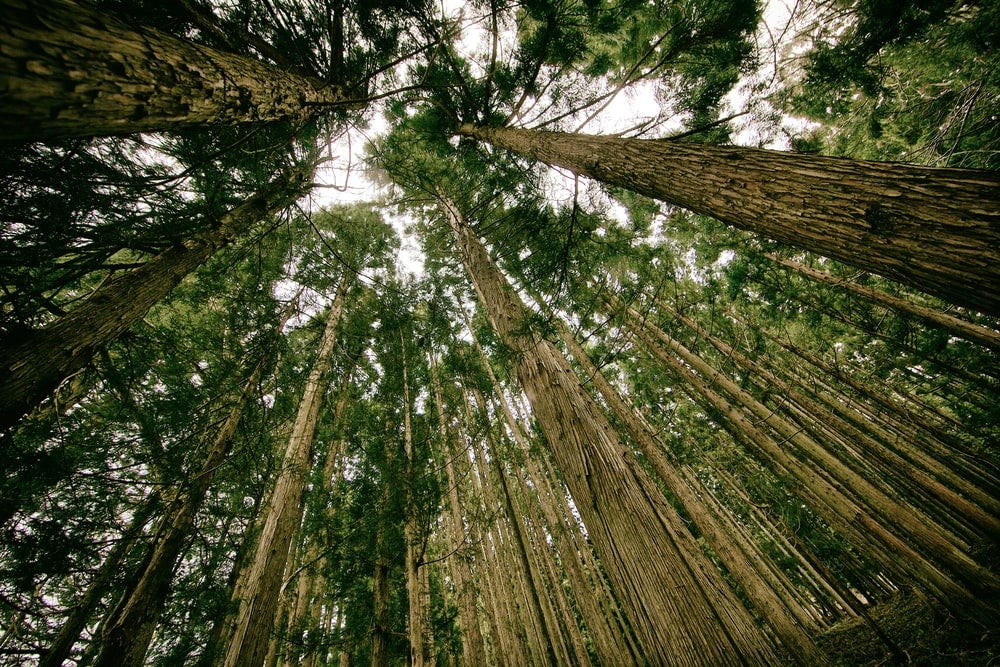
I’m including trees in this list not be ironic but to set some records straight:
- Trees currently hold a huge amount of Carbon in them, about 2.500Gt, that if it was released back in the atmosphere (by forest fires, for example) we should just pack it and leave this planet
- One tree captures around only 22 kg of CO2 per year
- There are currently 3 trillion trees in the world
These facts mean that we can’t just plant 1 trillion trees and solve the problem. It’s not their responsibility to capture the extra carbon that we took out of our geological formations for the past 100 years, but we should make it an absolute priority to make sure we don’t lose more of them - they’re awesome for many more reasons beyond their carbon capture capacity.
5. Algae
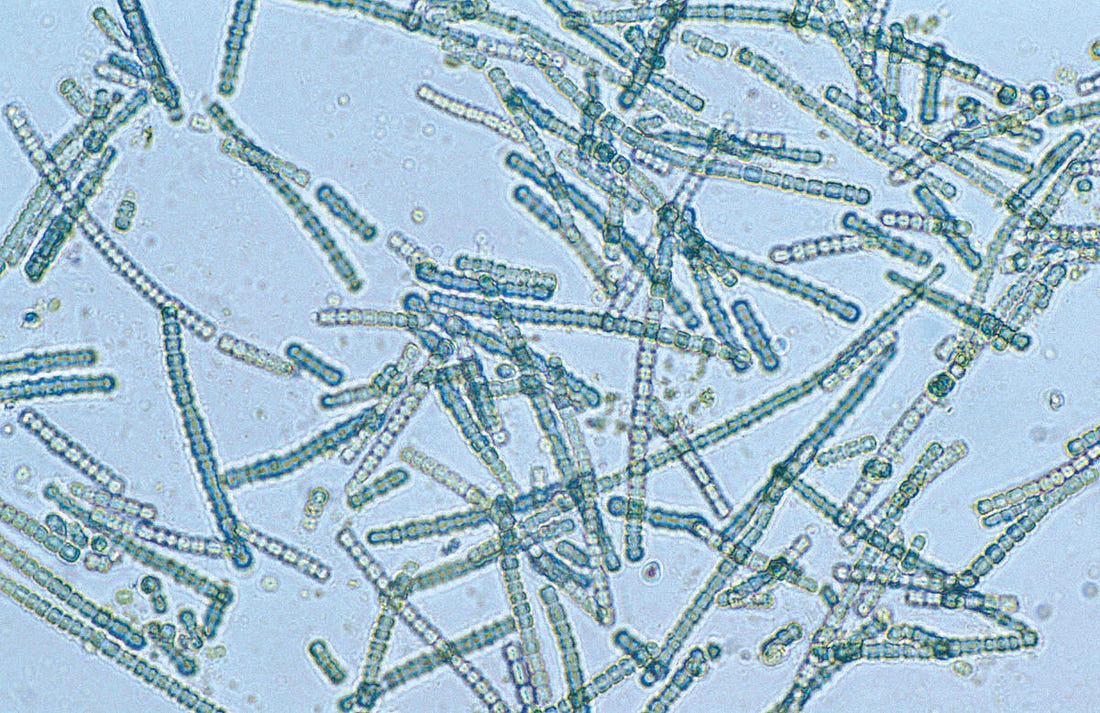
Think trees but much smaller, underwater, with higher photosynthetic efficiency and fast growing pace. They produce biomass that can be converted to many products like biofuels, plastic, fish food and super foods like Spirulina.
They are not suitable for removing Carbon Dioxide from the atmosphere as there is no way currently to remove CO2 from the algae itself but manipulating the produced biomass is a great way to replace existing carbon positive products - that is products that rely on emitting CO2 for their production.
6. BECCS

BECCS stands for Bioenergy with Carbon Capture and Storage and it’s basically the same as “2. Capture from Emitting Facilities“ mentioned above but with bioenergy plants instead of oil plants.
These bioenergy plants take biomass which can be corn, switchgrass, agricultural waste, other waste, algae biomass and refine them in order to create products like bio-fuels, chemicals, plastics.
The same problems and opportunities with above apply:
- There is still a high cost of capture like with every air capture technology
- Creating these products reduces our dependence from fossil fuels
but there is one issue that people have with this methodology. In order for it to be efficient (in the scale of billions of tons of CO2 removed) it needs to be “fed” with a lot of biomass. This biomass is, currently, mostly corn and corn currently competes with: 1) forest land and 2) food produce, which we will need a lot of in the coming decades with the upcoming population boom.
7. Biochar

If you burn biomass (plants, food waste, basically anything that has carbon in it) in about 700C with lack of or very little oxygen, in a process called pyrolysis, you will get biochar. This charcoal looking thing has two useful aspects:
- It can hold its carbon for centuries (or even millennia according to some companies) without emitting it, even if it's exposed to atmospheric air.
- It can improve the soil fertility, which is something that ancient mesoamericans knew and did thousands of years ago.
As such, it's no surprise that there are a lot of biochar companies already that utilize this method to sequester carbon dioxide and also sell a soil improvement product.
What do we do with all this Carbon?
I went through the main ways we currently (or aim to) capture Carbon Dioxide from the atmosphere. In my next email I’ll present what we do with all this captured carbon. Do we store it? Do we create products with it? Well, the answer is “both”, so sign up if you want to learn about them.



